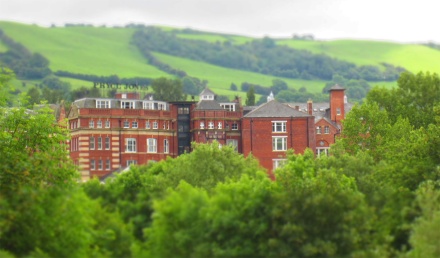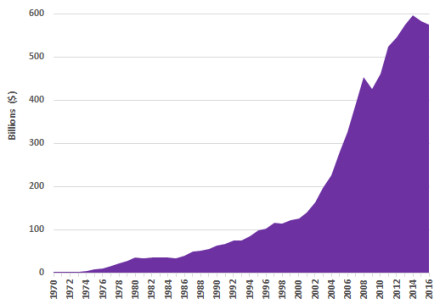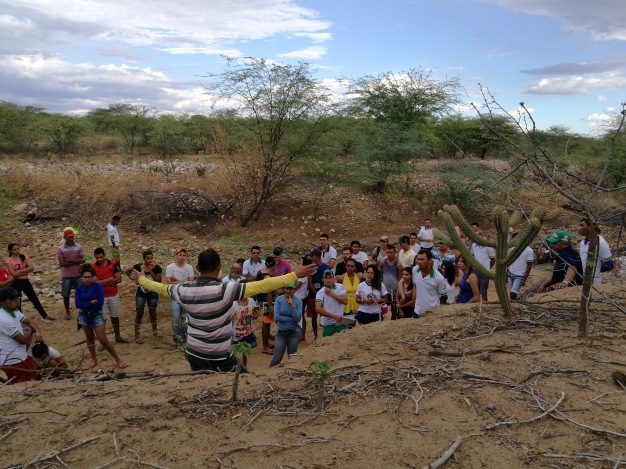It has been a busy summer, and I thought I should get in this summary from our just concluded XXVIIth ESRS conference before the new academic year and our Newtown Exhibition (Venue – Market Hall, Newtown, Powys County 19th to 28th September 2017, 10 to 4pm) starts next week.
It was a very fruitful deliberation on new and innovative methods for rural research in our ESRS organised session titled – Shaping methods, shaping voices and the engagement of discourses in an age of uneven rural change.
Dirk and Gary call for rural research to expand the frontiers of multi methods that cater to rural challenges comes at no better time when more studies are sharing stories of their application. Dirk and Gary paper is based on a review of methods used in rural research from two journals (Sociologia Ruralis and Journal of Rural Studies). In their review, talk about the significant use of qualitative methods above quantitative methods and very limited use of mixed methods despite the advantage mixed and interdisciplinary methods have in handling the challenges – from remoteness of rural places, to ethics, and topic types specific to rural research.
Presentations across this session have not only used mixed methods, but brought to light the adaptive ways researchers are embracing methods within and across disciplines to respond to the peculiarity of doing research, making policies and communicating outcomes in rural settings. Researchers have refined existing methods, developed new ones, mixed methods in innovative ways while keying into community knowledge and voices through co design, co-development, co-production of projects and co-responses to rural issues.
Katrin Prager critically reflects on the pros and cons of using visual methods (minicam, video camera, audio recording and touchtable map with embedded photos) to co-produce knowledge amongst stakeholders that could be translated into action to foster better management of marginal lands in western Scotland. The visual technologies yielded a number of outputs – video clips, films and an ecological survey that were useful in workshops and stakeholder engagements and helped build new relationships and trust between stakeholders. Katrin’s presentation also highlighted some of the challenges and tensions of the methods, from the lengthy negotiation processes to power plays, limited technical skills of the stakeholders, poor weather conditions and the resource investments using this methods vis a vis outputs. More on Katrin’s presentation here.
Amy Proctor crosses boundaries to borrow methods from other sectors in a co designed project helping to evaluate complex rural policies and build capacities amongst stake holders in UK. Amy reflects on this extension and translation of evaluation methods through three case studies co designed and co-developed by stakeholders (researchers, evaluation practitioners and the policy stakeholders). Part of the methodological process is a reflection by all stakeholders on the suitability and refining of the process to ways that will be suitable for rural communities. Amy suggests this approach as a useful way to think through UK rural policies in the light of its exit from EU.
Mike and Anthonia, Jane and Meirav apply GIS, a method dating back to the 1960s in contemporary ways.
Mike and Anthonia talked about how the Global-Rural project is using storymaps – a map based story-telling platform to narrate stories about rural communities, and their responses to globalisation issues. They share some examples of these stories from their collection of storymaps showing how individual and community voices are brought together on an interactive platform using intentionally made maps, narrative text and multimedia. The Global-Rural storymap platform will be officially launched in January 2018. More on their ESRS presentation here.
Meirav uses 3D GIS model to represent social inequality. By allowing the theory of social topography speak to GIS methods, Meirav creates a 3D digital sand table to spatially visualise dimensions of inequality defined in terms of education, wages and unemployment using an applied case study in Israel. Jane Farmer’s work brings together different forms of data collection – interviews and photographs within a spatial framework by allowing social enterprise participants track themselves using a GPS tracker and then exploring their relationships and engagements with the places of wellbeing experienced by them in their everyday lives.
Sarah Morton assesses the outcome of co-produced response to rural health issues in the case of Tick and Lyme disease. Sarah highlights the importance of not only engaging rural communities in the co-design and development of solutions to rural health issues but also permitting spaces to allow the creation of this knowledge evolve with the specifics of the rural community. In this case study situated in Highlands, Scotland, Sarah talks about how mixed methods was utlised to gauge community knowledge of the disease using questionnaires, followed by a series of consultations to draw expert knowledge from community members using interactive persona activity, community design activity and participatory mapping designed specifically for the project. This was followed by co-developing awareness raising materials – a website, treasure hunt style game and pocket wallet tick check cards that when tested out offered multiple benefits which was only achieved through co-working with the community. More on Sarah’s presentation and paper.
Rural access remains a problem as noted in Dirk and Gary’s review paper calling for the increasing use of mixed methods that respond to the difficulties in rural areas. Mario Fernández-Zarza explores how the use of a combination of Information and Communication Technologies (ICT) advances through mobile phones and internet have improved access and coverage in rural areas and allowed his research to untangle the messiness in the chain of food production by providing a right of way through which rural respondents can be reached for telephone interviews.
Pia Heike Johansen uses an iterative methodological process to explore and bring in multiple knowledge and perspectives on the territorialisation of farm shops and sales in European countryside. By conducting a first stage of field work on farm shops using a family (man, woman and two children) to carry out interviews and direct observations, followed by an auto-photo ethnography with same family and the project’s principal investigator, the knowledge generated from these initials steps fed into another stage of data collection by two different researchers. These processes allowed the farm owners to reflect on this knowledge and bring together multiple perspectives.
The mixing of methods and perspectives are not without difficulties, from power plays to practical issues, resource demand and epistemological barriers some of which Katrin’s paper highlighted. Marc in addition shares the methodological challenges of using multiple methods in a French Ministry of Agriculture National Agroecological Plan project with diverse actors and interests (political and social) and how the bringing together of these methods have had ethical and epistemological conflicts. More on the presentation here.
here Recognising the specificity of rural areas and their ethical challenges Dirk and Gary in their review call for a refinement of methods specific to addressing rural challenges. Similarly, Katharine Howell thought provoking presentation prompts us to review old models of doing international fieldwork in rural settings of developing countries. She shares her experience of doing ethnographic research on rural development and the ProSAVANA project in rural northern Mozambique and how the dynamics of power, place and politics with the misalignment of research ethics became problematic for her as a researcher, her host and host community. Katharine traces this problem to a still practised “old model” of doing international fieldwork research that reinforces colonialism and suggests the need to view ethics and positionality as being in a state of constant motion shaped by everyday fieldwork encounters. She proposes drawing on auto ethnographic approach that offers reflexivity, greater participations of all parties including the research institutions and more critical examination of these intersections to minimise the negative consequences that may ensue. You can read more about her paper here.
In Dirk and Gary review paper, they propose a space – call for chapters, in form of an edited book with a working title of “researching the rural” that will bring together intellectual knowledge and experiences doing rural research, from practical advice, to challenges and ontological perspectives to researching the rural. You can access the paper here.
Here is the complete list of all Abstracts from the “Shaping methods, shaping voices and the engagement of discourses in an age of uneven rural change” session of the XXVIIth ESRS conference, Jagiellonian University, Poland themed ‘Uneven processes of rural change: on diversity, knowledge and justice’.
I look forward to meeting you again in the next ESRS congress come 2019 at Trondheim, Norway, 25-28 July.
















